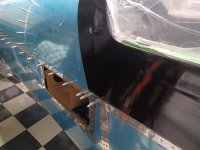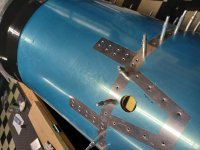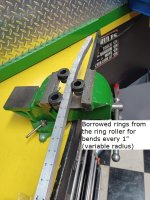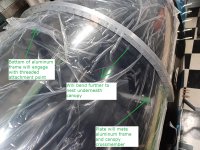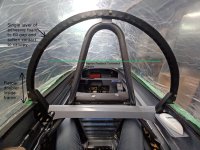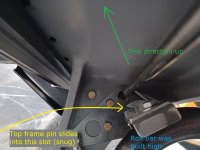camillodinucci
Member
Hello, I am finishing the assembly of my RV-8 and I intend to perform acrobatics with it. It turns out that I am very tall 2.00 meters height and weight 100 kg (220 lbs), being tall limits the possibility of using a parachute on the back or even a seat because when gaining height in the seat my knees hit the instrument panel when commanding the rudder pedals.
Having explained all this, I decided to install a BRS parachute in the RV-8, analyze the efforts in the structure and carry out the installation of reinforcements, the calculation of the CG, etc.
This was the way I found to perform the acrobatics with a little more tranquility.
If you could share your experience installing these devices, I would like to know more, and how the RV-8 performs afterwards.
Below are the project photos.
Having explained all this, I decided to install a BRS parachute in the RV-8, analyze the efforts in the structure and carry out the installation of reinforcements, the calculation of the CG, etc.
This was the way I found to perform the acrobatics with a little more tranquility.
If you could share your experience installing these devices, I would like to know more, and how the RV-8 performs afterwards.
Below are the project photos.
Attachments
-
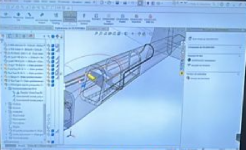 Captura de tela 2023-09-10 222501.png128 KB · Views: 158
Captura de tela 2023-09-10 222501.png128 KB · Views: 158 -
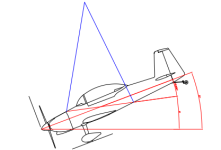 Captura de tela 2023-09-10 222600.png22 KB · Views: 100
Captura de tela 2023-09-10 222600.png22 KB · Views: 100 -
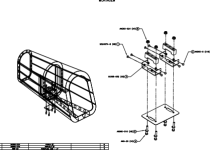 Captura de tela 2023-09-10 222551.png33.2 KB · Views: 125
Captura de tela 2023-09-10 222551.png33.2 KB · Views: 125 -
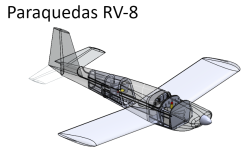 Captura de tela 2023-09-10 222745.png175.2 KB · Views: 104
Captura de tela 2023-09-10 222745.png175.2 KB · Views: 104 -
 Captura de tela 2023-09-10 222827.png61.5 KB · Views: 113
Captura de tela 2023-09-10 222827.png61.5 KB · Views: 113 -
 Captura de tela 2023-09-10 222836.png54 KB · Views: 125
Captura de tela 2023-09-10 222836.png54 KB · Views: 125



